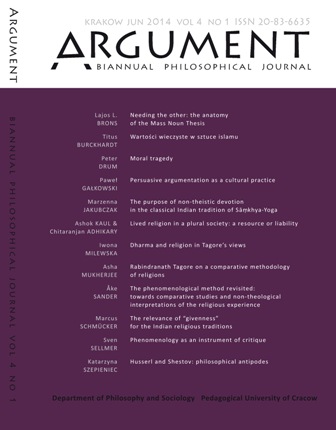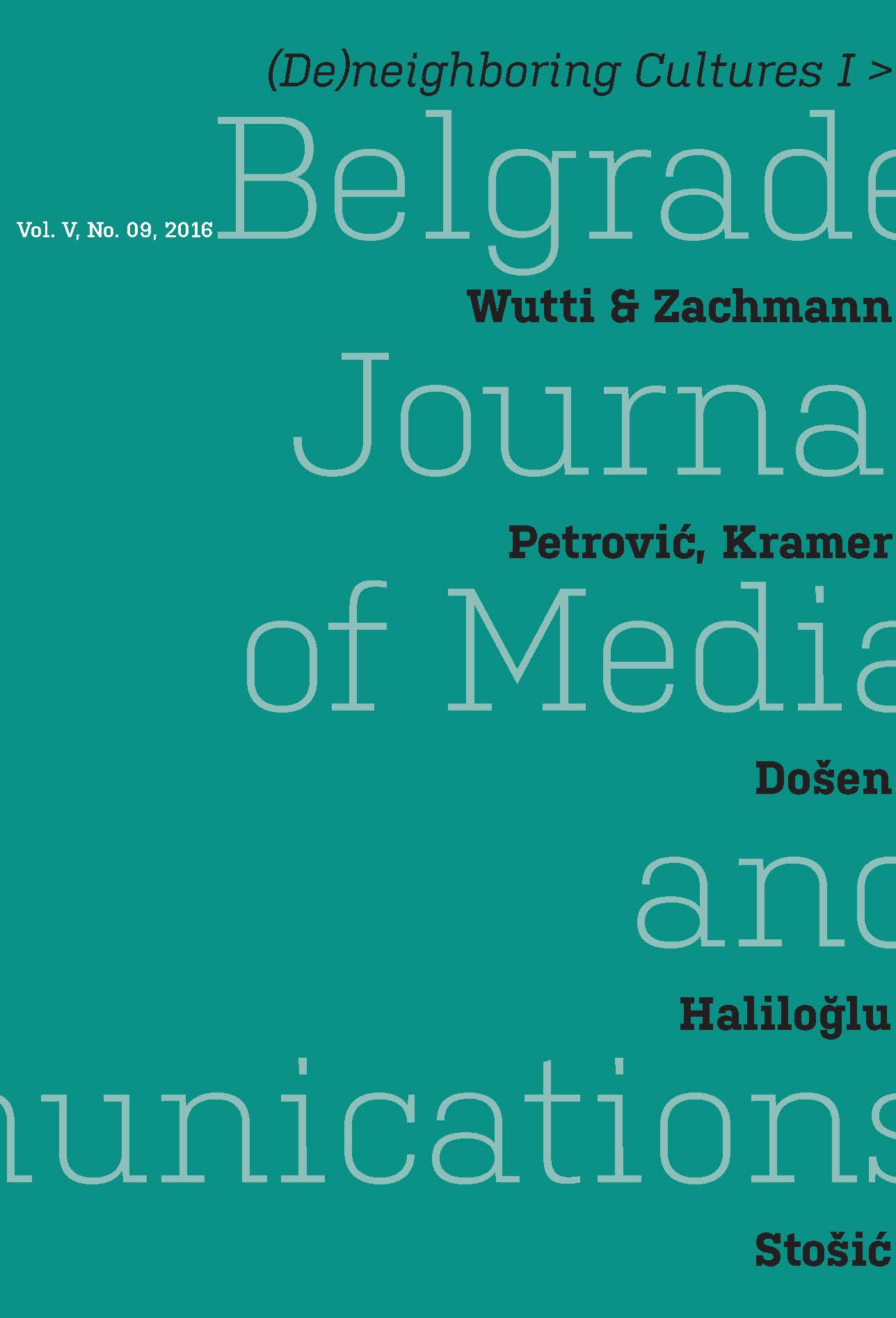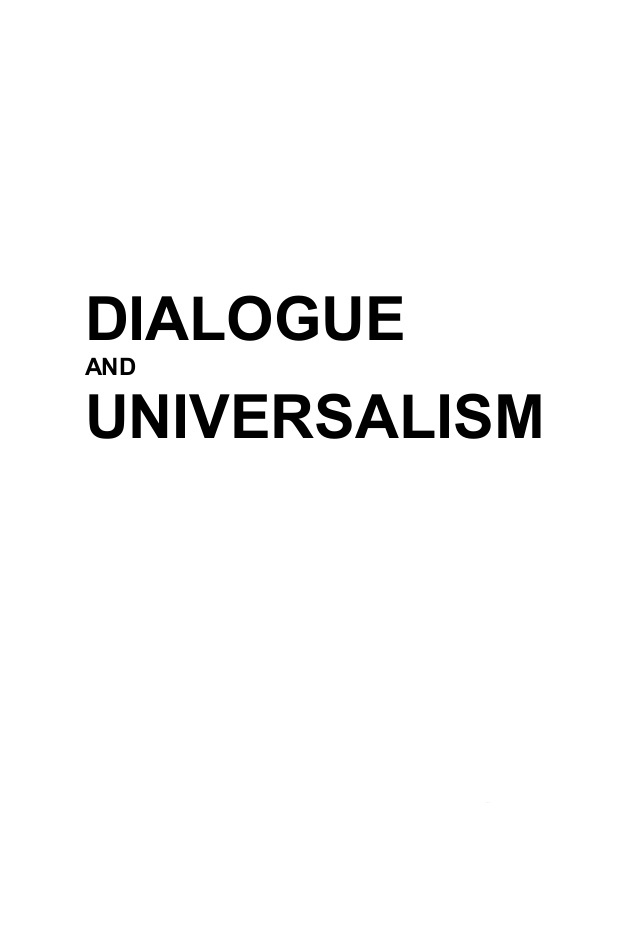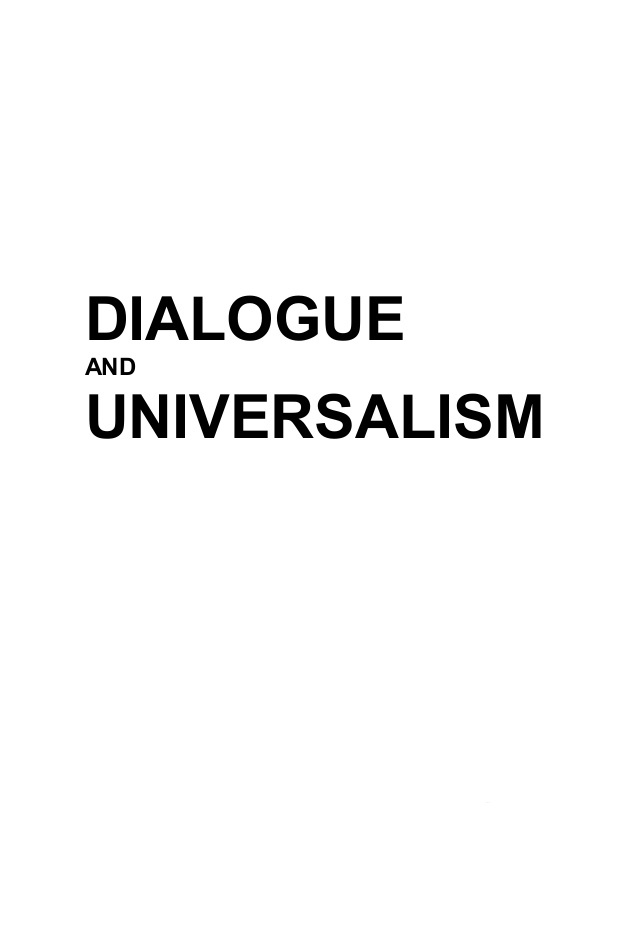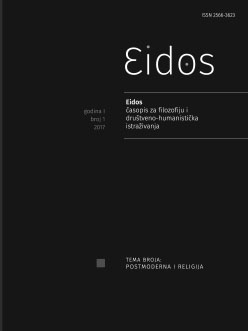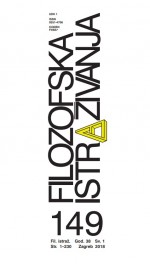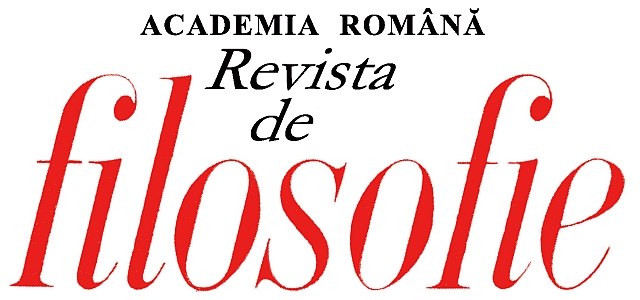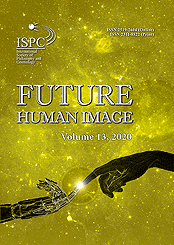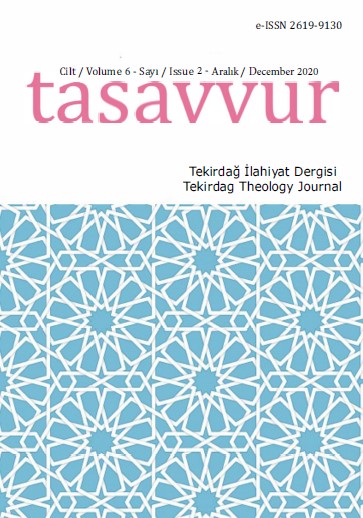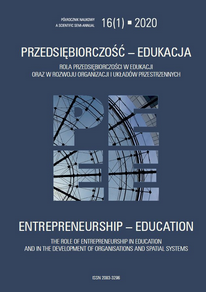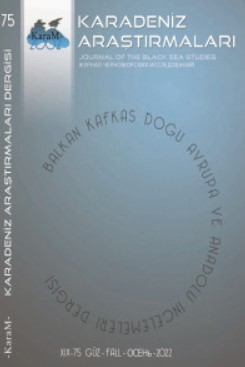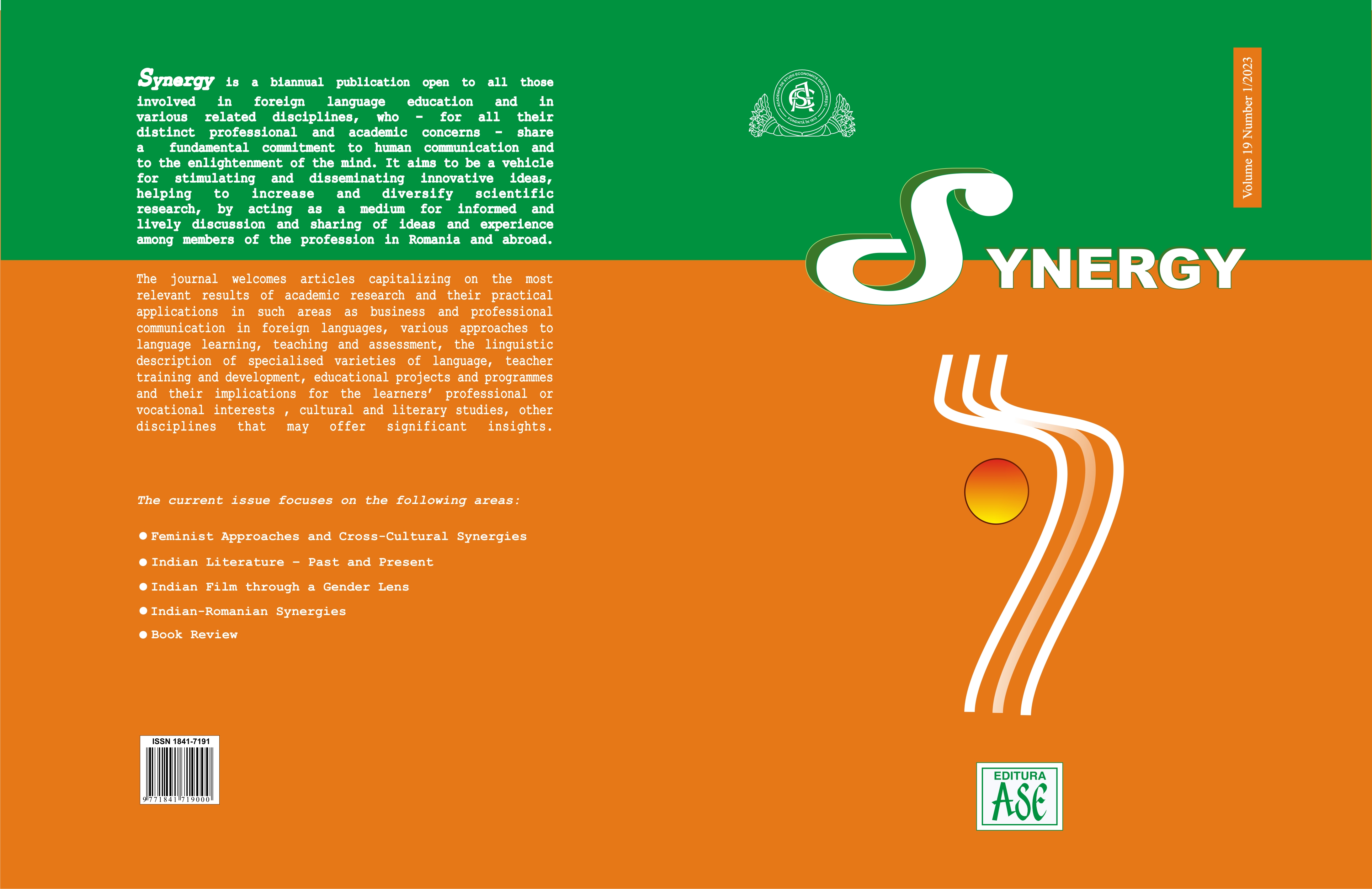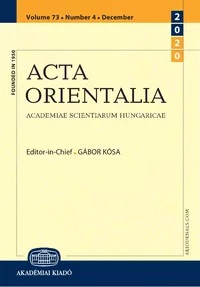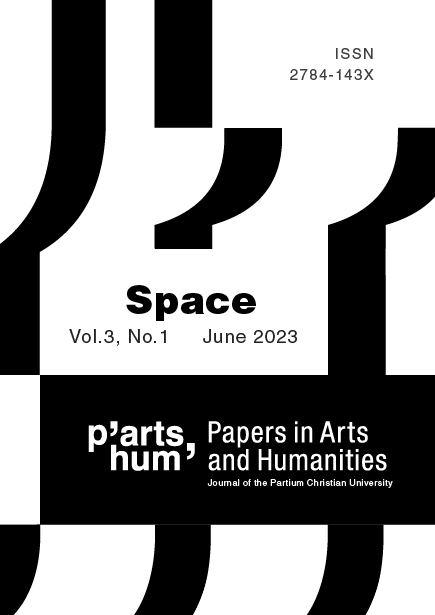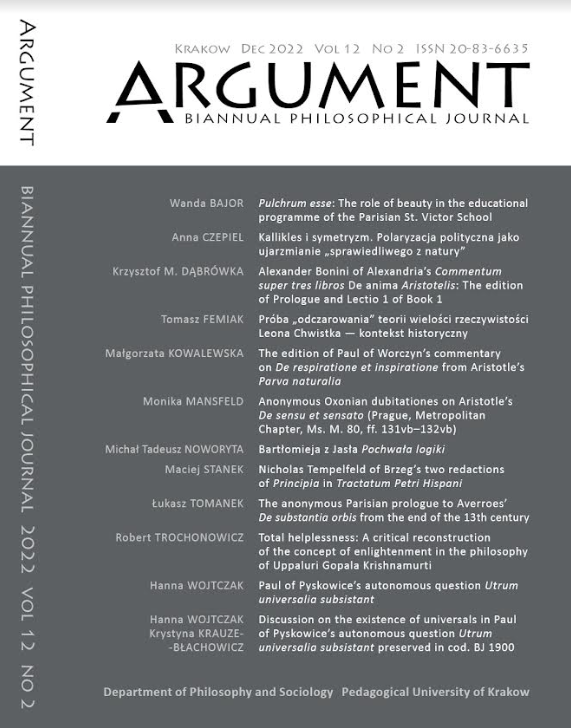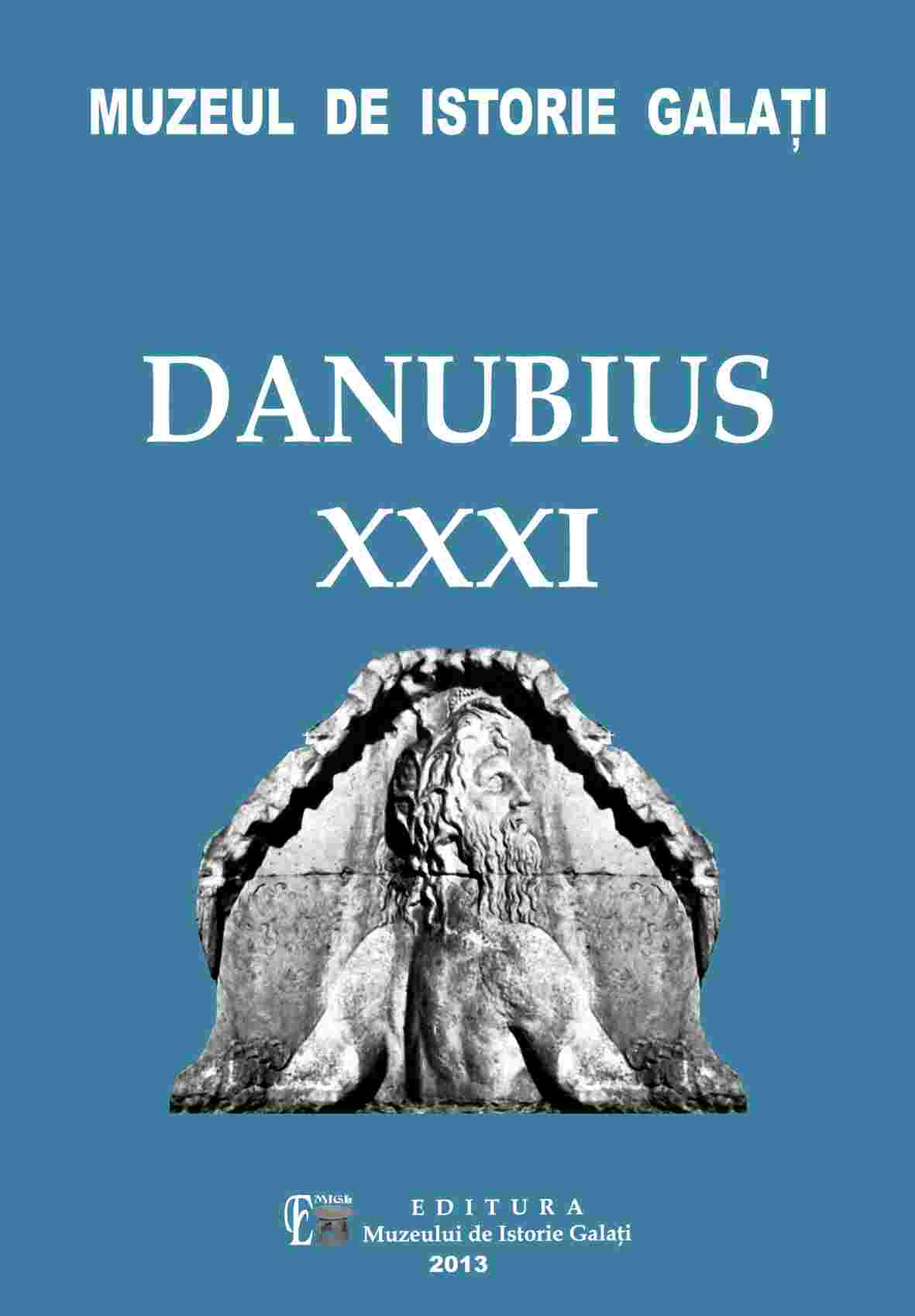
The Mind (manas) and the Illusory Projection of the Afflicted (klista) Individual Self (atman), in Vijnanavada Buddhism
According to Vijnanavada, the idealist school of Buddhism, individual being represents an erroneous limited projection of the universal consciousness, of the storehouse consciousness (alayavijnana). The sphere of human experience does not represent a mere type of experience among many others, but a specific one which represents a “deviation” from the authentic reality. The function of projecting the individual, when looked upon from the perspective of the universal level of the storehouse consciousness, is described as the “appropriation” (upadana) of an individual identity by the universal consciousness; when it is looked upon from the perspective of the individual himself, the function of projecting and maintaining individuality is described as “mind” (manas). In Vijnanavada, the mind represents that function of consciousness which, appropriating a determined sphere of experience as its own identity, gives birth to the individual being. As the mind represents the very condition through which the person is projected, the personal experience automatically includes the activity of the mind. At its level, the experience of the ego is still conceptually undetermined, irrational, unconscious, instinctual, subliminal and it manifests as irrational instincts or natural urges. Only at the level of the mental consciousness, the ego, the individual self, is rationally, conceptually depicted, acquiring a clearly determined conceptual identity. When a certain series of factors is ascribed the status of “individual self” (atman), of “person” (pudgala), the entity thus created is nothing else but an ontological fiction. The consciousness affected by the error (viparyasa) of the individual self projects itself within a sphere of ontological illusion, a sphere wrongly identified as reality. What is truly real, i.e. the ultimate reality (dharmadhatu) and the conditional flow (pratityasamutpada) of an ideatic nature, gets out of comprehension when the person, the individual self are considered as real and the whole experience starts to be structured according to the tendencies induced by the individual identity. The activity of the mind creates the “fundamental error” (viparyasamula), the “fundamental ignorance”, its veiling activity which engenders that background ignorance affecting the human being during all his experiences. The attitude of the subject towards those components of the experience that have been assumed as his own self changes and becomes one of “elevation” (unnati), of “pride” (mana). The attitude meant by these terms is that of a special importance paid to certain components of experience, due to the new status that has been ascribed to them. He is no longer indifferent to the transformations of the experience, which are no longer mere experiences, but appear as alterations of his own nature. This way, the subject undergoes affliction (klesa), gets entrapped in his own experience.
More...
